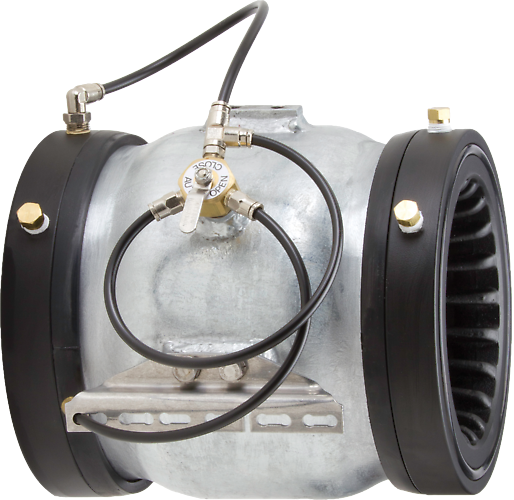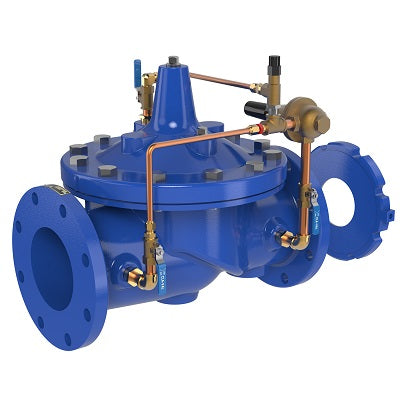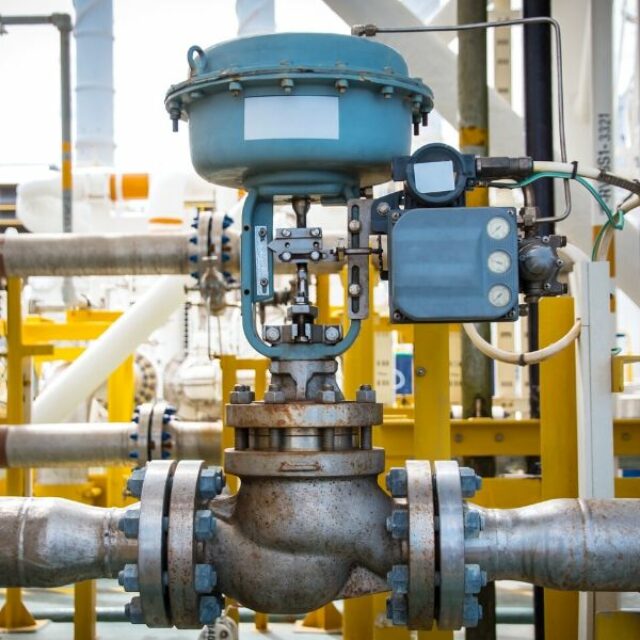
Maximize Energy Savings and Convenience With Advanced Structure Automation Controls
In the realm of modern style and center monitoring, the assimilation of sophisticated building automation regulates stands as a pivotal development. The convergence of modern technology and sustainability has actually birthed a new era where power performance, convenience optimization, and operational streamlining are no more attainable facts but far-off aspirations. By using the power of automation, buildings can adjust, respond, and progress in manner ins which were once unbelievable. The capacity for substantial power cost savings and boosted comfort is not simply a pledge but an opportunity waiting to be fulfilled. This standard change in structure administration holds the vital to unlocking a globe where environmental conscientiousness and owner wellness sympathetically coexist within the wall surfaces of our structures.
Power Efficiency Conveniences
Power efficiency benefits can substantially lower power consumption and functional costs in structures. By executing energy-efficient practices and innovations, building owners and operators can achieve considerable financial savings while also adding to ecological sustainability. One of the key advantages of enhancing power efficiency in buildings is the decrease of energy expenses. Energy-efficient systems, such as innovative structure automation controls, can maximize using sources like cooling, lighting, and home heating, resulting in lower energy expenditures with time.
In addition, boosted energy efficiency can lengthen the life-span of structure equipment and systems. By running a lot more effectively, a/c systems, lighting fixture, and other structure components experience much less deterioration, leading to reduced upkeep and replacement expenses. Furthermore, energy-efficient buildings usually command greater residential or commercial property values and rental prices, offering lasting monetary advantages to owners.
Furthermore, power efficiency can boost occupant convenience and productivity. Effectively controlled interior environments with ideal illumination and thermal conditions produce an even more favorable and pleasant work area, bring about improved worker satisfaction and efficiency. Overall, the energy performance advantages related to innovative building automation controls are complex, encompassing cost financial savings, environmental stewardship, and owner wellness.
Enhanced Convenience Control
Enhancing comfort control in building atmospheres needs an innovative combination of innovative automation systems for optimal resident wellness. By using innovative building automation controls, facilities can customize the indoor environment to meet the certain demands and choices of owners. These systems make it possible for precise law of air flow, temperature level, and lights, creating a productive and comfy ambience. Occupant contentment and performance are carefully linked to thermal comfort, making it important to have systems in area that can adjust to altering conditions in real-time.
Improved comfort control goes beyond fundamental temperature level modifications. It consists of features such as personalized setups, occupancy sensors, and all-natural light use to develop a dynamic and receptive atmosphere. By including these innovative controls, structures can not only improve comfort yet also improve energy performance by maximizing system procedures based on real occupancy and use patterns. Eventually, prioritizing passenger comfort via sophisticated automation systems causes a much more enjoyable and much healthier indoor atmosphere.
Functional Efficiency Improvements

Furthermore, the execution of real-time monitoring and analytics tools enables structure operators to determine power inefficiencies and operational anomalies immediately. By continually keeping track of power use patterns and system performance metrics, adjustments can be made in real-time to maximize power usage and ensure peak operational performance. control valves. In addition, integrating need action approaches right into building automation controls can further improve functional efficiency by dynamically changing power use based upon grid problems and pricing signals
Indoor Climate Optimization
Efficient interior climate optimization is a fundamental aspect of building automation controls, making sure passengers' convenience and well-being while optimizing power financial savings. By making use of innovative sensing units and controls, building automation systems can continually change and monitor temperature, humidity levels, air top quality, and ventilation to develop an optimal indoor environment. Maintaining comfortable and constant problems not just enhances owner complete satisfaction but likewise enhances productivity and total health.
Interior climate optimization also plays a crucial role in power effectiveness. By fine-tuning air conditioning, heating, and air flow systems based on real-time data and tenancy patterns, developing automation controls can dramatically reduce power consumption - control valves. Implementing approaches such as demand-controlled ventilation and thermal zoning can aid reduce energy waste while ensuring that each area of the structure receives the needed conditioning.

Lasting Environment Production
Structure automation manages not only enhance indoor climate conditions for power performance and resident convenience yet additionally lay the structure pop over to this site for developing a lasting atmosphere with calculated administration of systems and sources. By incorporating sophisticated building automation innovations, such as sensing units, actuators, and smart software application, facilities can keep track of and readjust power usage in real-time to reduce waste and lower their carbon impact. These systems make it possible for anticipating maintenance, recognizing prospective issues prior to they intensify and maximizing tools efficiency to enhance long life and effectiveness.
Additionally, lasting environment creation extends past energy monitoring to encompass water preservation, waste reduction, and interior air quality renovation. Building automation controls can control water use, discover leakages, and make sure correct waste disposal techniques, contributing to overall sustainability initiatives. Additionally, by regulating and keeping track of ventilation and purification systems, these innovations boost occupant health and wellness and performance while reducing energy usage connected with HVAC operations.
Final Thought
In verdict, progressed building automation manages deal significant benefits in terms of energy cost savings, convenience control, functional efficiency, indoor climate optimization, and developing a sustainable atmosphere. By applying these controls, buildings can achieve ideal efficiency while minimizing energy usage and enhancing owner convenience. It is evident that using innovative automation technology is essential in improving structure efficiency and creating a much more lasting future.
Power performance advantages can dramatically lower energy usage and operational prices in structures. On the whole, the power performance advantages linked with advanced structure pop over here automation controls are complex, including price financial savings, ecological stewardship, and owner health.
In addition, including need reaction strategies right into building automation controls can further boost functional effectiveness by dynamically adjusting power usage based on grid problems and prices signals.
Building automation regulates not only maximize indoor environment problems for energy effectiveness and occupant convenience however also lay the structure for producing a sustainable setting through strategic administration of systems and resources.In conclusion, progressed building automation manages offer considerable benefits in terms of energy financial savings, comfort control, functional efficiency, interior climate optimization, and creating a sustainable environment.
Comments on “Exploring the Functionality of Modern Control Valves in Industrial Applications”